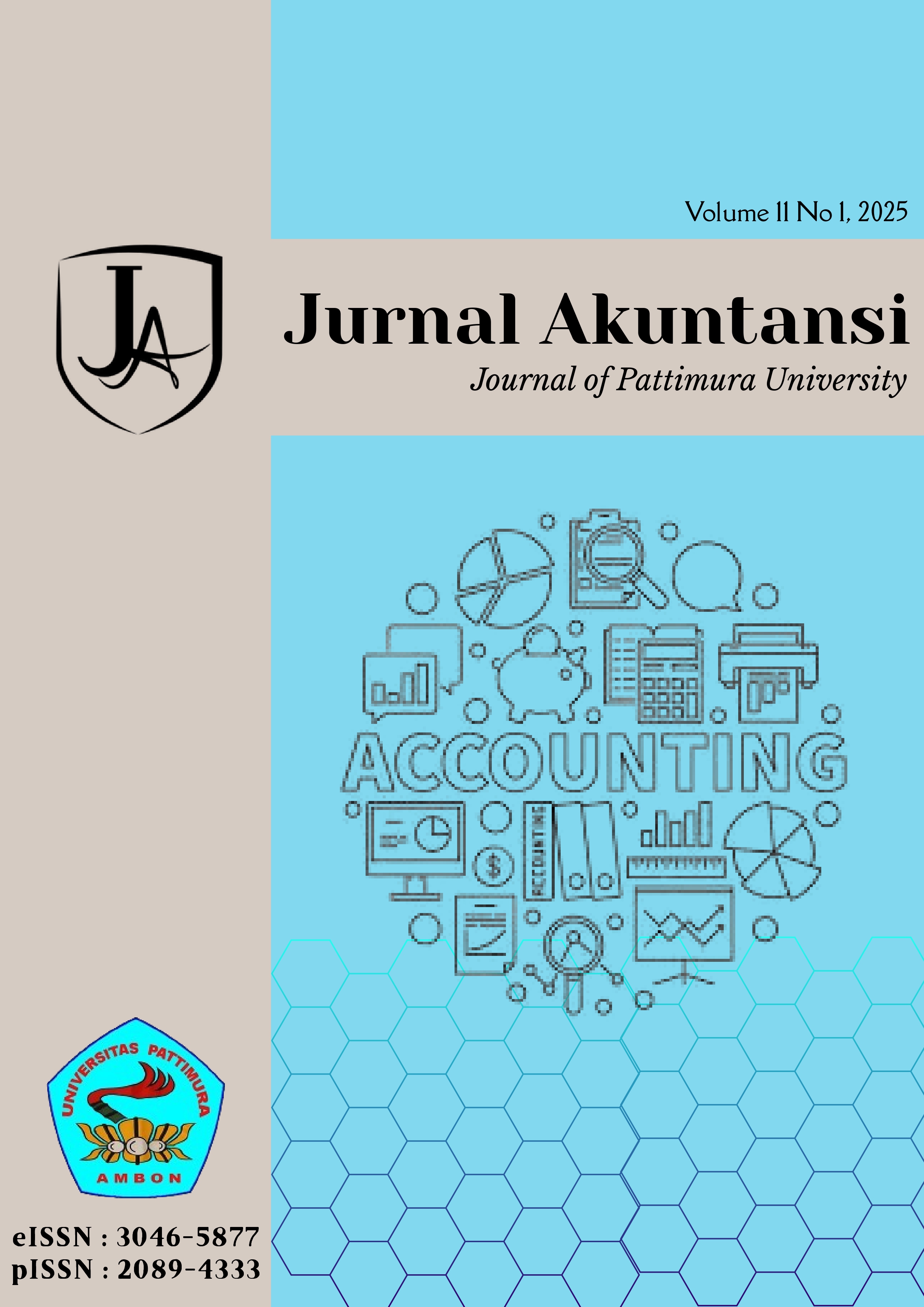DARI WALL STREET KE BLOCKCHAIN: MENELUSURI EFISIENSI PASAR DENGAN MULTIFRAKTAL
FROM WALL STREET TO BLOCKCHAIN: EXPLORING MARKET EFFICIENCY WITH MULTIFRACTALS
Abstract
This study aims to examine market efficiency across two major asset classes, stock indices and cryptocurrencies, using the Multifractal Detrended Fluctuation Analysis (MFDFA) method. The research analyzes stock indices such as the S&P 500, NASDAQ Composite, Dow Jones, NYSE, FTSE 100, Shenzhen, and Hang Seng, as well as major cryptocurrencies including Bitcoin (BTC), Ethereum (ETH), Tether (USDT), USD Coin, and XRP.
By evaluating the multifractal characteristics of each asset, the study assesses the extent to which these markets conform to the Efficient Market Hypothesis (EMH). The findings suggest that stock indices tend to exhibit monofractal behavior, reflecting a higher degree of informational efficiency. In contrast, cryptocurrencies display pronounced multifractal patterns, indicating a significant level of inefficiency, likely driven by extreme volatility, immature market structures, and the influence of sentiment and external shocks.
This study makes an important contribution to understanding the behavioral differences between traditional and digital markets and offers practical implications for investors in terms of diversification strategies and risk management.
Downloads
References
Diniz-Maganini, N., Rasheed, A.A. and Sheng, H.H., 2023. Price efficiency of the foreign exchange rates of BRICS countries: A comparative analysis. Latin American Journal of Central Banking, 4(1), p.100081. Available at: https://doi.org/10.1016/j.latcb.2022.100081.
Fama, E.F., 1970. Efficient capital markets: A review of theory and empirical work. The Journal of Finance, 25(2), p.383. Available at: https://doi.org/10.2307/2325486.
Kakinaka, S. and Umeno, K., 2022. Cryptocurrency market efficiency in short and long-term horizons during COVID-19: An asymmetric multifractal analysis approach. Finance Research Letters, 46.
Karampinis, N.I. and Hevas, D., 2011. Mandating IFRS in an unfavorable environment: The Greek experience. The International Journal of Accounting, 46(3), pp.304–332.
Kilic E, Yavuz E. Pazarci S. Asim K. 2023. Analyzing the efficient market hypothesis with asymmetric persistence in cryptocurrencies: Insights from the Fourier non-linear quantile unit root approach. Finance Research Letters. Volume 58. https://www.sciencedirect.com/science/article/pii/S1544612323009005
Mahyudin, R.P. and Fuad, Ghozali, 2023. The effect of multifractal detrended fluctuation analysis on value relevance: An investigation of the stock market in the US and China. Doctoral thesis, UNDIP: Fakultas Ekonomika dan Bisnis. Available at: https://eprints2.undip.ac.id/id/eprint/23002.
Malkiel, B.G. and Fama, E.F., 1970. Efficient capital markets: A review of theory and empirical work. The Journal of Finance, 25(2), pp.383–417. Available at: https://doi.org/10.1111/j.1540-6261.1970.tb00518.x.
Mensi, W., Sensoy, A., Vo, X.V. and Kang, S.H., 2022. Pricing efficiency and asymmetric multifractality of major asset classes before and during COVID-19 crisis. North American Journal of Economics and Finance, 62. Available at: https://doi.org/10.1016/j.najef.2022.101773.
Mnif, E., Salhi, B., Trabelsi, L. and Jarboui, A., 2022. Efficiency and herding analysis in gold-backed cryptocurrencies. Heliyon, 8(12). Available at: https://doi.org/10.1016/j.heliyon.2022.e11982.
Nazlioglu, S., Pazarci, S., Kar, A. and Varol, O., 2023. Efficient market hypothesis in emerging stock markets: Gradual shifts and common factors in panel data. Applied Economics Letters, pp.1–7.
Rydin, L., Hassan, G., Kurths, J. and Witthaut, D., 2022. MFDFA: Efficient multifractal detrended fluctuation analysis in Python. Computer Physics Communications, 273.
Shiller, R.J., 2015. Irrational exuberance. Princeton University Press. Available at: https://doi.org/10.2307/j.ctt1287kz5.
Shrestha, K., 2019. Multifractal detrended fluctuation analysis of return on Bitcoin. International Review of Finance, 21(1), pp.312–323. Available at: https://doi.org/10.1111/irfi.12256.
Tversky, A. and Kahneman, D., 1992. Advances in prospect theory: Cumulative representation of uncertainty. Journal of Risk and Uncertainty, 5(4), pp.297–323. Available at: https://doi.org/10.1007/bf00122574.
Copyright (c) 2025 The Author(s)

This work is licensed under a Creative Commons Attribution 4.0 International License.







